The granite memorial stele of Liberation Newspaper located at the old Ben Ra base, engraved with the names of 250 cadres, reporters, editors, staff, and workers of B15C Printing House - a part of which is to commemorate 14 brothers and sisters who sacrificed their lives on the battlefield - is a sacred space to forever remember B18 for more than 10 years on the front line of the war to defend the country half a century ago...
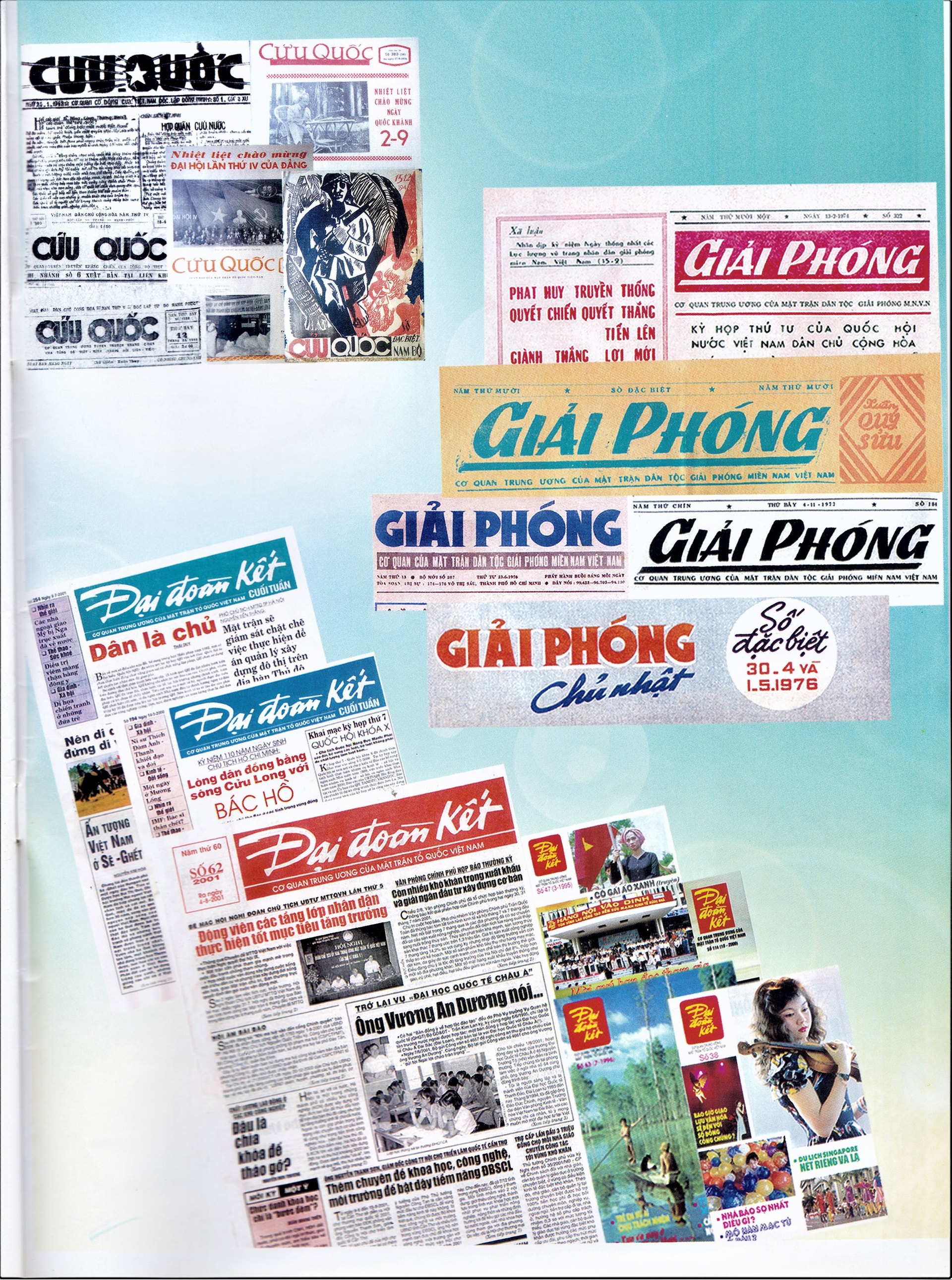
1. Perhaps there is no newspaper that was as “unique” at the beginning as Giai Phong newspaper. Unique because the newspaper’s cufflinks and mock-ups were drafted on an unregistered ship from Hai Phong sea to secretly transport weapons to the Southern battlefield. When the ship arrived at Khau Bang port, Thanh Phu district, Ben Tre province, in April 1964, the author of the cufflinks and mock-ups was journalist Ky Phuong - Editor-in-Chief of Cuu Quoc newspaper, who was sent to the battlefield to publish the newspaper of the National Liberation Front of South Vietnam (hereinafter referred to as the Front), not yet in a hurry to go to R (code name of the North Tay Ninh war zone - war zone C). He stayed at the Chien Thang newspaper of the Ben Tre provincial Party Committee - a newspaper printed on a Pedal machine, three colors, sharp lead letters, selling for 1 dong, to learn about how to organize and publish a newspaper surrounded by the enemy. When journalist Ky Phuong followed the armed liaison to R, the initial shape of the Liberation newspaper from his unsophisticated drawings on the gridded pages was considered complete, and the implementation plan was already in his mind.
According to the order from above, Giai Phong newspaper (code name B18) had to be published on December 20, 1964 with the mission of "encouraging the fighting spirit of the people of the South and the whole country, and at the same time helping international friends understand clearly and correctly the resistance war of our people". Giai Phong newspaper received a noble mission based on the secret press foundation of the Southern revolution that existed in extremely dangerous conditions for 6 long years of repression and terror by the Ngo Dinh Diem government, while the editorial office, apart from journalist Ky Phuong, only had journalist Tam Tri and journalist Thai Duy from Cuu Quoc newspaper who had walked for several months on the Truong Son road to reach the base.
Journalist Tam Tri immediately went to the liberated area to find people to build the "skeleton" for the newspaper. In a short time in Cu Chi, thanks to the help of the revolutionary government of Phu My Hung and An Phu communes, he "recruited" 32 young men and women to do all kinds of jobs, from building huts, running errands to being a nanny, including 13-year-old Nguyen Minh Hien whose first task was to copy the news slowly on the Liberation Radio and the Voice of Vietnam . Not long after, Tam Tri's Editorial Secretary had another typist and proofreader, a handsome young man named Ba Minh, who had returned from Cambodia.
Although it was only prepared in a very short time, Giai Phong newspaper printed its first issue of 16 pages, two colors, A3 size at Tran Phu Printing House of the Central Propaganda Department on the anniversary of the Front's birth, the beginning of a newspaper beautiful in form, rich in content, worthy of being the leading flag of the revolutionary press in the South.
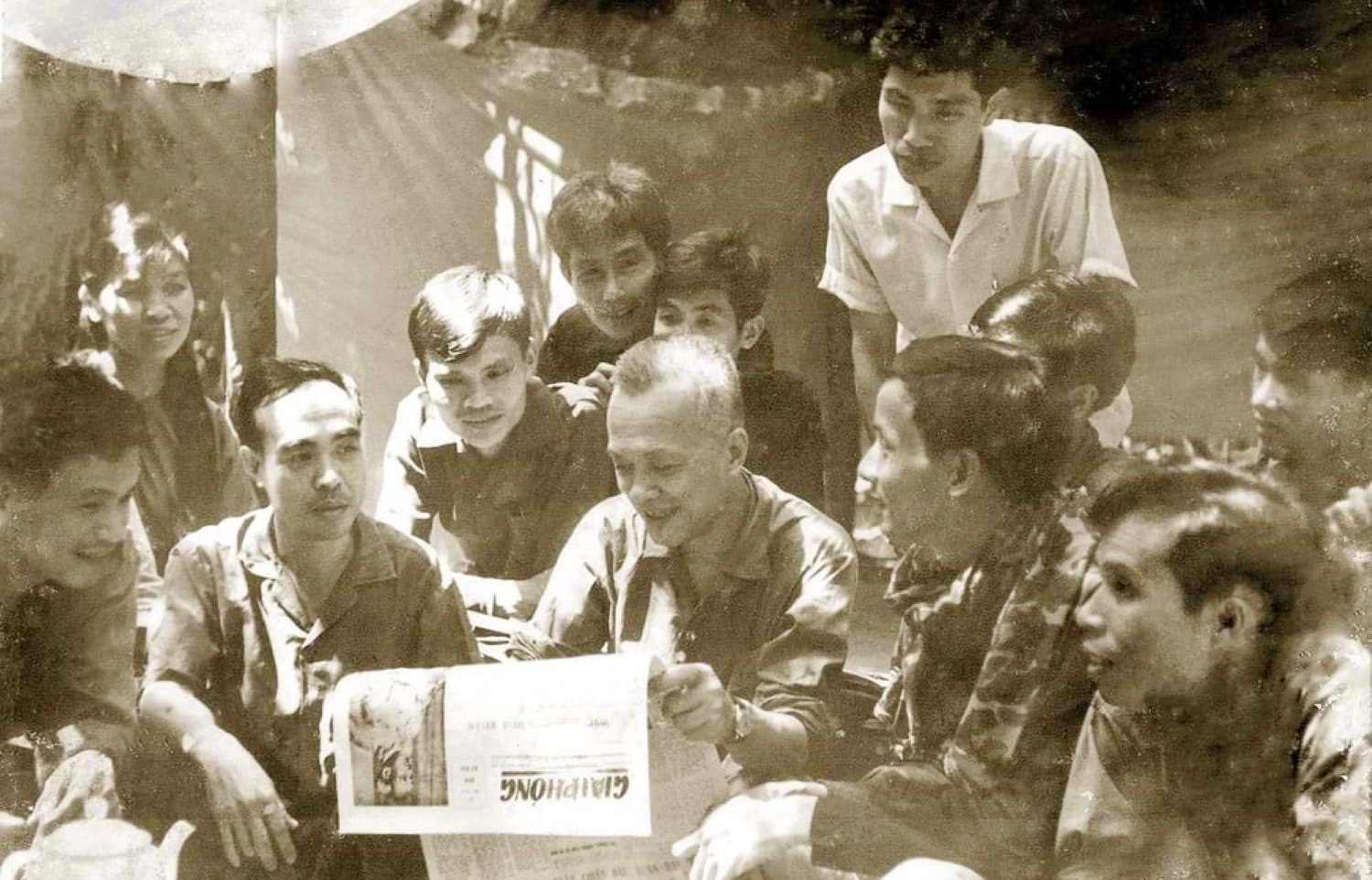
2. When the Liberation Newspaper was published every 15 days with 5,000 copies per issue, from February 22 to April 15, 1967, the US army launched the Junction City campaign with 40,000 troops, hundreds of cannons, tanks, and planes attacking the North Tay Ninh war zone. All agencies of the Central Bureau and the Front established guerrilla teams to stay and protect the base. Because the healthy reporters had gone to the battlefield, the Liberation Newspaper only had 5 people in the guerrilla team. When the enemy attacked Tran Phu Printing House, to share the fire with their friends, the Liberation Newspaper guerrilla team resolutely fought back. Due to the explosion of an anti-tank mine, the Liberation Newspaper guerrilla team lost three soldiers and one soldier was injured.
Because the printing press of Tran Phu Printing House was captured by the American army and towed to Saigon, Giai Phong newspaper had to temporarily stop publishing. The newspaper leaders transferred jobs according to the assignment from above, many reporters still stayed on the battlefield, but received news that Giai Phong newspaper was dissolved, meaning that reporters and staff of the newspaper were working in the battlefields "with no place to return". Two months later, we learned that the truth was not like that. The reporter temporarily returned to the Liberation Radio Station, also wrote but instead of printing, they broadcasted. At the end of 1967, when the order to assemble was given, the brothers and sisters were extremely happy. At the end of 1967, Giai Phong newspaper was preparing vigorously for a major event that would take place in early 1968: the Tet Offensive and Uprising. Many brothers and sisters in the editorial office followed the troops to attack the cities of the South. In particular, journalist Thep Moi - special correspondent of Nhan Dan newspaper led reporter Cao Kim of Giai Phong newspaper secretly to Saigon in advance to prepare for publishing Giai Phong newspaper right in Saigon. All preparations were temporarily completed but the progress of the General Offensive was not as expected so this could not be carried out.
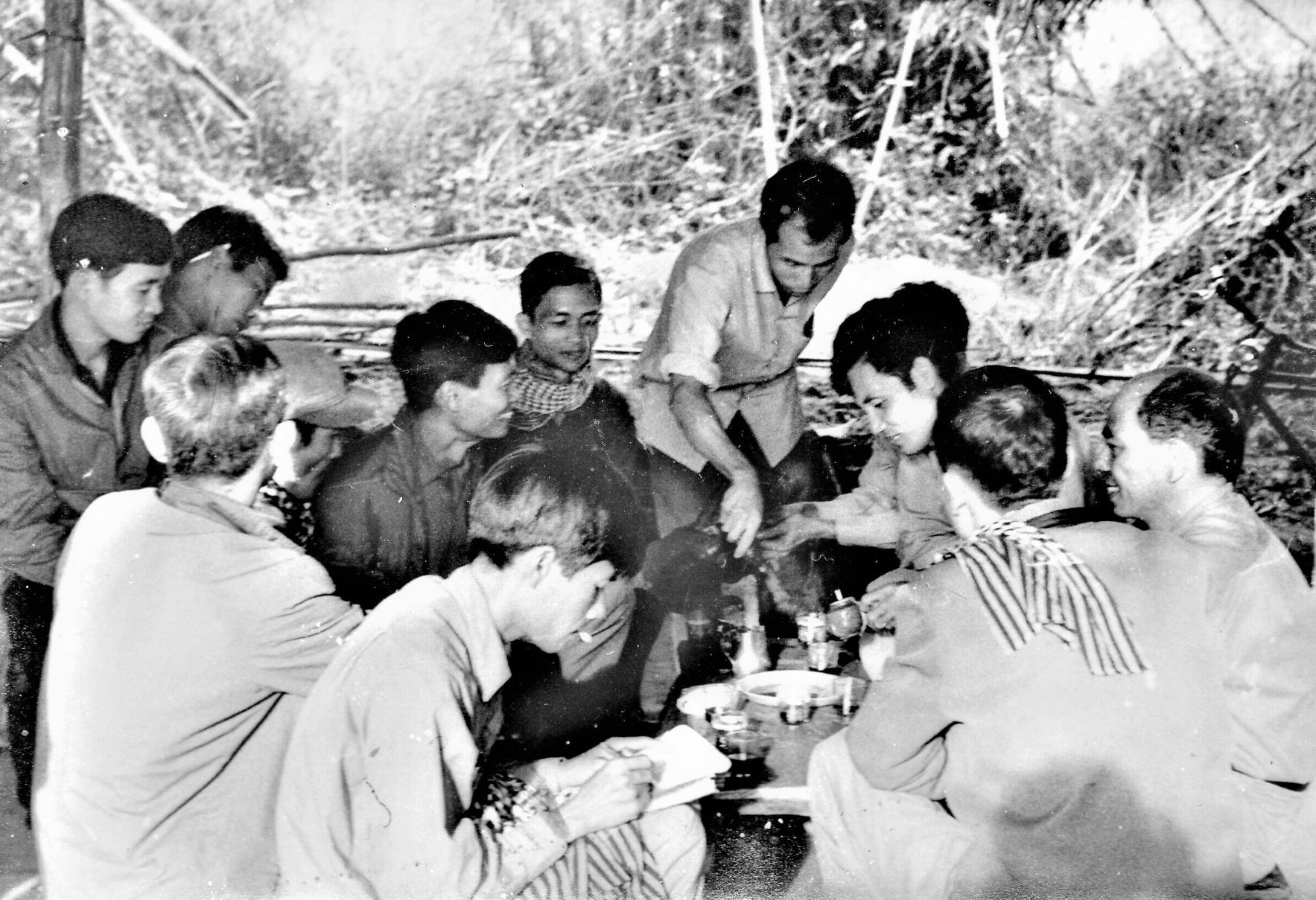
During that General Offensive, reporters Tran Huan Phuong, Nguyen Canh Han, Quoc Hung sacrificed their lives and two female employees of Giai Phong newspaper who joined the Saigon self-defense force were captured by the enemy.
On June 6, 1969, the Congress to establish the Provisional Revolutionary Government of the Republic of South Vietnam took place, a historic event in the resistance war against the US. The Liberation Newspaper alone, within a week, published two special issues, 8 large-format pages, to serve and propagate the success of the Congress.
Why did it take 4 years after the founding of the Front to publish the Liberation newspaper? The main reason was that there was no printing house. But it could not wait any longer, on the occasion of the 4th anniversary of the founding of the Front (December 20, 1960 - December 20, 1964), the superiors decided to publish the Liberation newspaper, even though there was no printing house.
In early 1970, due to the enemy's sweep of Indochina, the editorial office had to move to neighboring Cambodia. Without a printing house, Giai Phong newspaper had to become an "audio newspaper" once again. From then on, the "audio newspaper" was actively maintained in parallel with the printed newspaper for three consecutive years (1970-1972).
It is true that the Liberation Newspaper struggled from “small format” to “large format” but still could not “stop suffering” because the war was getting more and more fierce, supplies from paper, ink, film to food were all erratic. Life became more and more deprived: dried fish rotted more, fermented fish sauce was more bitter, there was no rice, no salt for a whole month… But the Liberation Newspaper had to be published because the voice of the Front could not be interrupted.
After Tet Mau Than, the leaders of Giai Phong newspaper had successfully completed the work of the "founders" through 5 years of overcoming countless dangers and hardships. They were all transferred to other jobs or sent to recuperate. Giai Phong newspaper turned a new chapter with the Editor-in-Chief, journalist Thep Moi. From then on, Giai Phong newspaper continued to be published regularly in the war zone until May 1, 1975.
Not counting the reporters sent to follow the troops when the 1975 spring campaign began, before the battle that ended the war that lasted more than 20 years, only a few people stayed at the base to write the last issue, while the entire Liberation newspaper agency boarded trucks and headed straight to Saigon, and 5 days after the country was reunited, Liberation newspaper published Saigon Giai Phong newspaper.
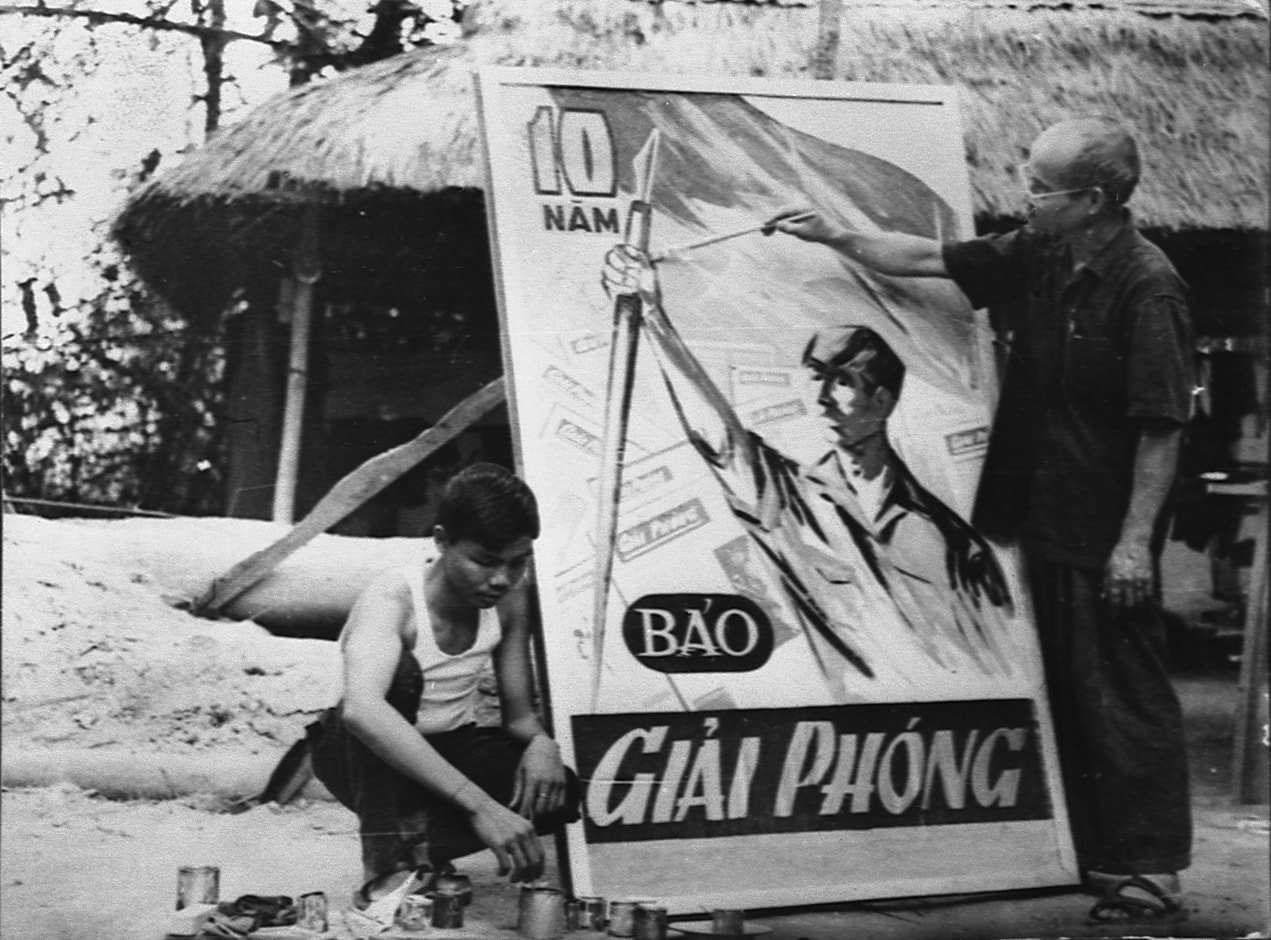
3. Why did it take 4 years after the founding of the Front to publish the Liberation newspaper? The main reason was that there was no printing house. But it could not wait any longer, on the occasion of the 4th anniversary of the founding of the Front (December 20, 1960 - December 20, 1964), the superiors decided to publish the Liberation newspaper, even though there was no printing house.
At the time of making that decision, Tran Phu Printing House only had one stencil printer that could print documents of the largest size, A4, and in 1961 it was moved from Ma Da forest (War Zone D) to War Zone C. In 1962, a veteran printer from Phan Van Mang Printing House in Long An - Mr. Nguyen Khac Tu, was transferred to R and had the initiative to build a manual lead printing machine using forest wood and iron and steel taken from the enemy's strategic hamlet fence. Thanks to that manual printing machine, along with the sense of responsibility and high skills of Tran Phu Printing House workers, despite having to work hard by hand day and night, the first issue of Giai Phong newspaper was published, with quite sharp text, pictures, and photos.
Some time later, the revolutionary base in Saigon transferred to Tran Phu Printing House a fairly modern 1960s printing machine, and Giai Phong newspaper "printed for free" until early 1969, when Editor-in-Chief Thep Moi "requested" a Doi Khai semi-automatic printing machine from Tien Bo Printing House to establish B15C Printing House. To transport that printing machine along with lead trays of various fonts and zinc plate making tools from Hanoi to Trang Chay in the Ben Ra base of Giai Phong newspaper, it took three trucks and a back-pack to cross the forest and streams; then in 1970, it had to be disassembled, carried on the shoulder, and pulled by oxen to "evacuate" to avoid enemy sweeps. It was this printing machine that "ran in" to produce two special A2-sized, 8-page, 2-color issues of Giai Phong newspaper, serving the establishment of the Provisional Revolutionary Government of the Republic of South Vietnam.
4. As mentioned above, the first person to directly lead the Liberation newspaper was Editor-in-Chief Ky Phuong. He was a quiet and energetic revolutionary throughout the two wars to defend the country. From a thatched hut, a writing desk woven from cypress trees, a hammock and a teapot under the canopy of the old forest, he and his subordinates created the glorious and very proud Liberation newspaper.
Replacing Ky Phuong was journalist Thep Moi. He was a “absent-minded” person in everyday life but was famous for not being afraid of bombs and bullets, living his life to the fullest with his colleagues and writing with all his heart and soul. Although he only “stopped” at Giai Phong newspaper for two years, Thep Moi brought the newspaper into the depths of world affairs and always sought its own style, leaving a deep impression of a pure, carefree, exemplary journalist-artist.
Nguyen Van Khuynh was the third Editor-in-Chief of Giai Phong newspaper at the time before the signing of the Paris Agreement on January 27, 1973. He was multi-talented, both serious and humorous, and was the one who devoted himself to bringing Giai Phong newspaper to the people by selling newspapers in liberated areas and carrying out the historic mission: Organizing the publication of Sai Gon Giai Phong newspaper in the middle of Saigon just 5 days after April 30, 1975.
Source: https://daidoanket.vn/bao-giai-phong-10-nam-tren-tuyen-lua-10299123.html


![[Photo] President of the Cuban National Assembly visits President Ho Chi Minh's Mausoleum](https://vphoto.vietnam.vn/thumb/1200x675/vietnam/resource/IMAGE/2025/10/1/39f1142310fc4dae9e3de4fcc9ac2ed0)
![[Photo] Hanoi morning of October 1: Prolonged flooding, people wade to work](https://vphoto.vietnam.vn/thumb/1200x675/vietnam/resource/IMAGE/2025/10/1/189be28938e3493fa26b2938efa2059e)


![[Photo] Keep your warehouse safe in all situations](https://vphoto.vietnam.vn/thumb/1200x675/vietnam/resource/IMAGE/2025/10/1/3eb4eceafe68497989865e7faa4e4d0e)



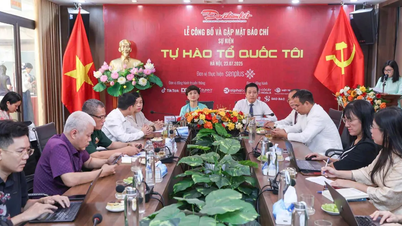

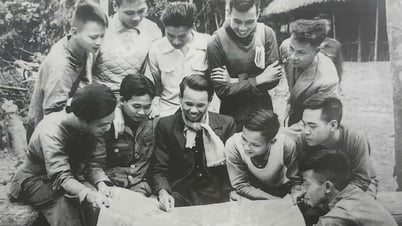

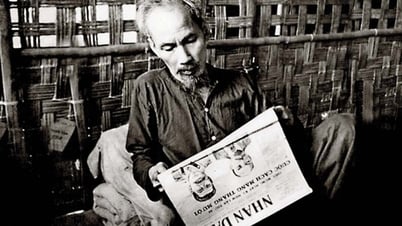

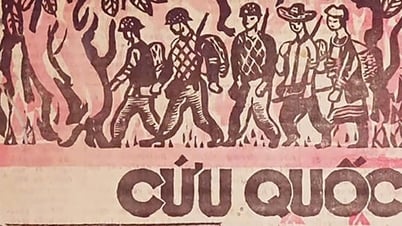

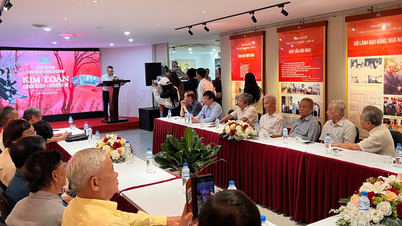
















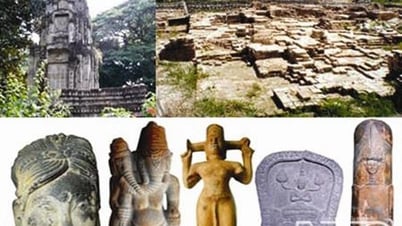
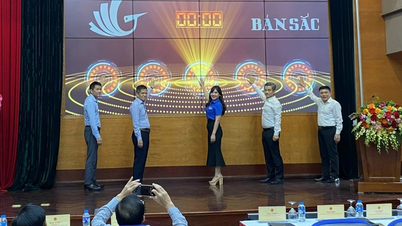

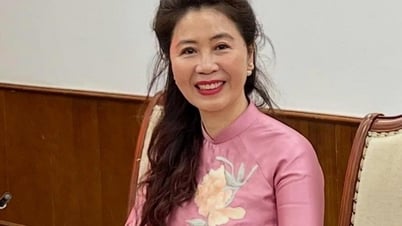





































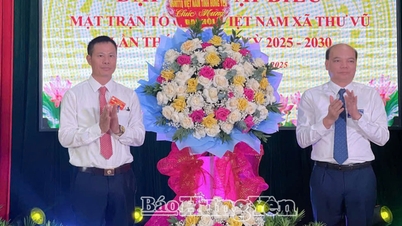



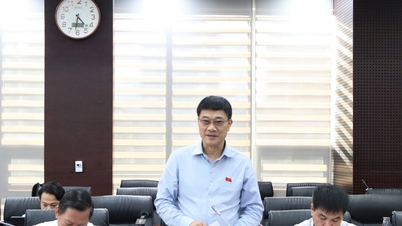



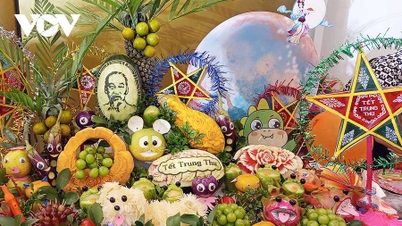















Comment (0)